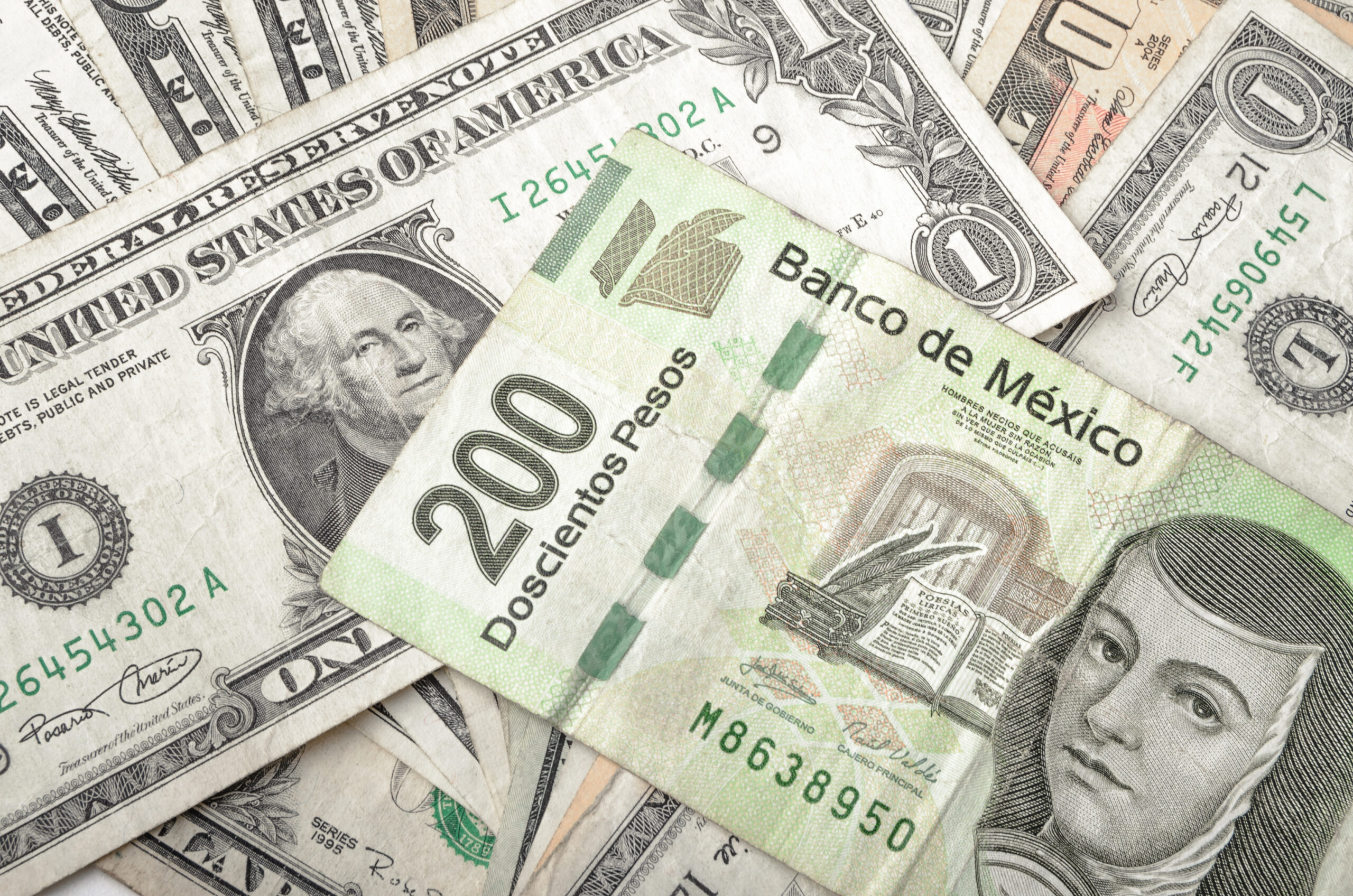
Dollars and Mexican Pesos assorted bills cash pile background
The exchange rate between currencies is a crucial aspect of international trade, travel, and finance. For many individuals, understanding how much their home currency is worth in another is essential for making informed decisions. In this article, we will explore the exchange rate between the US Dollar (USD) and the Philippine Peso (PHP) and delve into the factors influencing these fluctuations.
Understanding Exchange Rates:
Exchange rates represent the value of one currency in terms of another. In the case of the USD to PHP exchange rate, it indicates how much one US Dollar is worth in Philippine Pesos. Exchange rates are dynamic and can fluctuate due to various economic factors.
As of the last available data, the exchange rate hovers around 1 US Dollar to approximately 50-51 Philippine Pesos. This means that if you were to exchange 1 US Dollar, you would receive around 50 to 51 Philippine Pesos in return. It’s important to note that exchange rates are subject to change and may vary based on economic conditions, geopolitical events, and market sentiment.
Factors Influencing Exchange Rates:
Several factors contribute to the fluctuations in exchange rates. Understanding these factors can provide insight into why the value of 1 Dollar in Pesos may change over time.
- Economic Indicators: Economic indicators such as GDP growth, inflation rates, and employment figures play a significant role in determining exchange rates. A robust economy often leads to a stronger currency.
- Interest Rates: Central banks set interest rates, and these rates influence the attractiveness of a currency to investors. Higher interest rates can attract foreign capital, increasing demand for the currency and strengthening its value.
- Political Stability: Political stability and a favorable business environment can positively impact a currency. Investors are more likely to trust and invest in countries with stable political climates, leading to an appreciation of the currency.
- Trade Balances: The balance of trade, representing the difference between a country’s exports and imports, affects its currency value. Countries with trade surpluses often see their currency appreciate, while those with deficits may experience depreciation.
- Market Sentiment: Investor perception and sentiment play a crucial role in currency valuation. Speculation, geopolitical events, and global economic trends can influence how investors view a particular currency.
Impact on Individuals:
The exchange rate between the USD and PHP has significant implications for individuals in both countries. For Filipinos, it determines the purchasing power of US Dollar earnings, affecting the cost of imported goods and travel expenses. Additionally, it influences the remittances sent by Filipinos working abroad, particularly in the United States.
On the other hand, Americans traveling to the Philippines or engaging in trade with the country need to be aware of the exchange rate to effectively manage their budgets and transactions. Fluctuations in the exchange rate can impact the affordability of goods and services in the foreign market.
Managing Exchange Rate Risks:
Businesses and individuals engaged in international transactions often face exchange rate risks. These risks can lead to financial losses if not managed effectively. Several strategies can be employed to mitigate these risks:
- Forward Contracts: Businesses can use forward contracts to lock in an exchange rate for a future date, providing a hedge against currency fluctuations.
- Currency Diversification: Holding a diversified portfolio of currencies can help spread risk. This strategy involves holding assets in various currencies to reduce exposure to the fluctuations of a single currency.
- Stay Informed: Regularly monitoring economic indicators, political developments, and global events can help individuals and businesses make informed decisions regarding currency exchange.
Conclusion:
The exchange rate between the US Dollar and the Philippine Peso is a dynamic and complex aspect of the global economy. Understanding the factors influencing exchange rates and their impact on individuals and businesses is crucial for making informed financial decisions. Whether you’re a traveler, an expatriate, or involved in international trade, staying informed about exchange rates empowers you to navigate the complexities of the global currency market.





